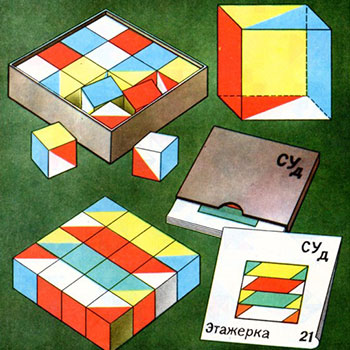The distance formula for Cartesian coordinates is
#d=sqrt((x_2-x_1)^2+(y_2-y_1)^2#
Where #x_1, y_1#, and#x_2, y_2# are the Cartesian coordinates of two points respectively.
Let #(x_1,y_1)# represent #(-3,7)# and #(x_2,y_2)# represent #(4,-7)#.
#implies d=sqrt((4-(-3))^2+(-7-7)^2)#
#implies d=sqrt((7)^2+(-14)^2#
#implies d=sqrt(49+196)#
#implies d=sqrt(245)#
Hence the distance between the two charges is #sqrt(245)#.
The electrostatic force between two charges is given by
#F=(kq_1q_2)/r^2#
Where #F# is the force between the charges, #k# is the constant and its value is #9*10^9#,#q_1# and #q_2# are the magnitudes of the charges and #r# is the distance between the two charges.
Here #F=??#, #k=9*10^9Nm^2/C^2#, #q_1=2C#, #q_2=3C# and #r=sqrt245#.
#implies F=(9*10^9*2*3)/(sqrt245)^2=(54*10^9)/245=0.2204*10^9N=2.204*10^8N#
#implies F=2.204*10^8N#
This force is repulsive.

